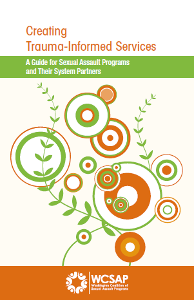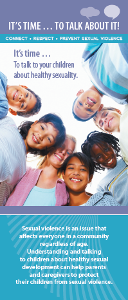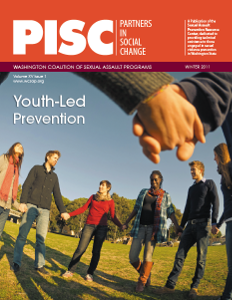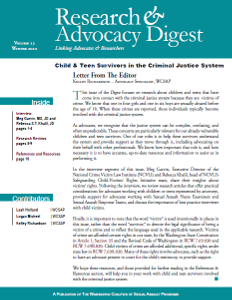Prevention work can be rewarding but also challenging. We want to help to facilitate positive social change within our communities but sometimes we run into obstacles or aren't sure we're making an impact. How can we stay motivated to do this work?
Feel enthused, refreshed, and appreciated!
- Talk to other prevention folks!
- Fight isolation by building relationships with others working to end sexual violence. Chat about…



